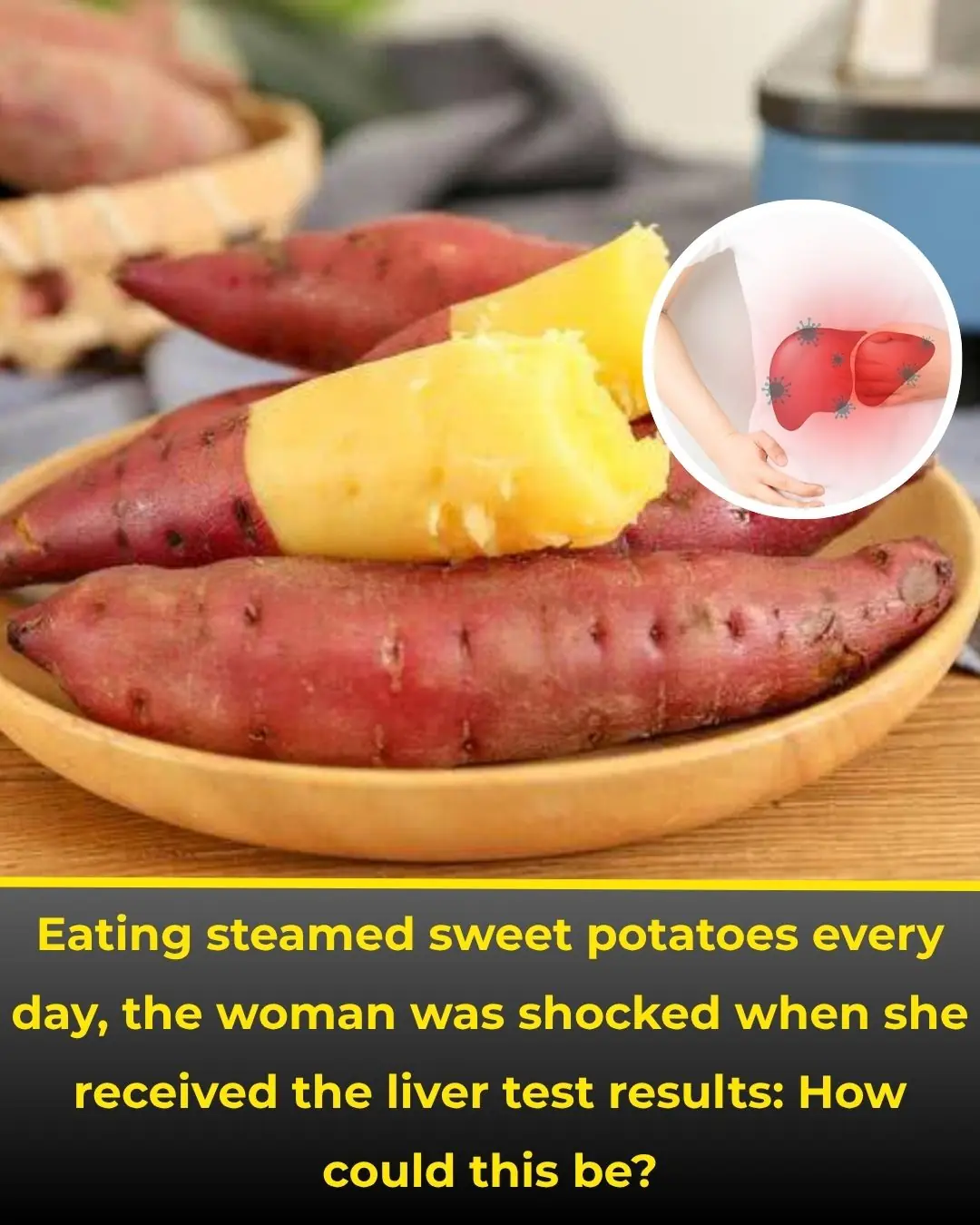
Don’t ignore these 12 bizarre signs you need more vitamin B1!

Vitamin B1, also known as thiamine, is one of those nutrients that most people never think about—but your body can’t function properly without it. This powerful vitamin plays a key role in helping your body convert the food you eat—carbohydrates, fats, and proteins—into usable energy for your cells. Every heartbeat, every muscle contraction, and every thought you have relies, in part, on thiamine.
Beyond energy production, Vitamin B1 is crucial for keeping your nervous system healthy. It helps protect the myelin sheath—the protective coating around your nerves—so that signals can travel smoothly throughout your body. Without enough thiamine, that insulation can break down, leading to nerve pain and miscommunication between your brain and body.
What makes Vitamin B1 tricky to monitor is that less than 1% of it is stored in your blood. Most of it is found in your tissues and organs, especially your heart, liver, and brain. Because of this, standard blood tests usually can’t detect a deficiency, which is why it often goes unnoticed even when someone is clearly experiencing symptoms. That’s why knowing the signs yourself is so important.
The Subtle Signs Your Body Needs More Vitamin B1
A thiamine deficiency can be sneaky. The symptoms are often vague, easy to overlook, or mistaken for other problems. Below are some of the most common signs your body may be running low on this vital nutrient—along with a deeper look at why they happen.
1. Nerve Pain and Tingling
If you experience tingling, burning, or shooting pain—especially in your toes, feet, or legs—it could be your nerves signaling distress. Thiamine helps maintain the fatty coating (myelin) around long nerves. Without it, the coating breaks down, and the nerves misfire, creating pain or numbness. This is particularly common in people with diabetes or pre-diabetes, since high blood sugar both damages nerves and depletes Vitamin B1.
2. Constant Yawning or Fatigue
Do you find yourself yawning all day, even after a full night’s sleep? That dragging feeling of low energy often means your cells aren’t producing enough ATP—the body’s main energy molecule. Thiamine acts as a spark plug in this process. Foods like sunflower seeds, pork, garlic, and mussels can give your cells the thiamine boost they need to start generating energy efficiently again.
3. Anxiety, Irritability, and Stress Overload
If you feel wired but exhausted—always on edge, overthinking, or unable to relax—your nervous system may be stuck in “fight or flight” mode. This state uses up Vitamin B1 rapidly. Over time, chronic stress can drain your thiamine reserves, leading to anxiety, insomnia, panic attacks, nightmares, and even depression. Pairing B1 with magnesium often helps calm the nervous system and restore balance.
4. Fast or Irregular Heartbeat
Since your heart depends on thiamine to generate energy, a deficiency can make it beat faster to compensate for the energy shortfall. People who drink excessive caffeine from coffee, soda, or energy drinks often worsen this effect because caffeine overstimulates the heart while further depleting thiamine.
5. Swelling and Poor Circulation
Thiamine helps protect the inner lining of your blood vessels. When levels drop, those linings become more prone to damage from blood sugar and inflammation. The result can be swelling in the feet or ankles and poor circulation. Alcohol and refined carbohydrates make this worse by draining Vitamin B1 and stressing your vascular system.
6. Acid Reflux or Digestive Issues
Low B1 affects the small muscle (the lower esophageal sphincter) that keeps stomach acid where it belongs. If that muscle doesn’t close properly after eating, acid can backflow into your esophagus, causing heartburn, irritation, or a lump-like feeling in your throat. Many people reach for antacids, but the real fix may be restoring your thiamine levels.
7. White or Blue Fingernails
If your nails turn pale, white, or bluish, it can indicate poor oxygen circulation or low hemoglobin levels. While anemia, liver problems, or heart issues can cause this, a thiamine deficiency may also play a role in altering the proteins in your nails, changing their color and structure.
8. Wide or Unsteady Gait
Severe thiamine deficiency can affect balance and coordination. You might notice yourself walking with your legs farther apart, taking shorter steps, or dragging your feet slightly. This happens when nerve insulation (myelin) deteriorates, causing communication errors between your brain and muscles.
9. Poor Sense of Direction or “Brain Fog”
Your hippocampus and cerebellum—two brain regions vital for memory and spatial awareness—depend heavily on Vitamin B1. When B1 levels drop, these areas can shrink or malfunction, leading to disorientation, confusion, or difficulty finding your way. Some early studies even link chronic thiamine deficiency to Alzheimer’s disease and cognitive decline.
10. Hyperactivity and Restlessness
Both children and adults can show signs of hyperactivity when they’re low on B1. This may appear as ADHD-like behavior, OCD tendencies, or irritability. Because B1 regulates energy flow in the brain, low levels can leave nerve cells overstimulated, making it hard to sit still or focus.
11. Sweating Too Much or Too Little
Thiamine supports the autonomic nervous system, which controls automatic body functions like sweating and temperature regulation. A deficiency can make you sweat excessively or hardly at all, especially during changes in temperature or stress.
12. Restless Legs or Muscle Cramps
A crawling, jittery feeling in your legs at night—commonly known as Restless Leg Syndrome (RLS)—can stem from low thiamine. Alcohol, sugar, and certain medications can deplete B1, making nerves hyperactive and unable to relax.
The Link Between Vitamin B1 and Diabetes
People with diabetes are almost always low in thiamine. The body uses up large amounts of B1 to metabolize excess sugar. Without enough thiamine, high blood sugar can damage small blood vessels and nerves, leading to complications such as neuropathy and tissue damage.
Taking natural thiamine forms like allithiamine or benfotiamine, along with a full B-complex supplement (ideally from nutritional yeast), can greatly reduce these risks and improve nerve health.
Why Blood Tests Can Miss Vitamin B1 Deficiency
Because such a tiny percentage of B1 circulates in the bloodstream, a normal blood test often gives a false sense of security. Levels can fluctuate daily based on your sugar intake, stress levels, alcohol use, and medication. That’s why it’s better to pay attention to symptoms and lifestyle factors rather than relying solely on lab results.
What Causes a Vitamin B1 Deficiency?
Even if you eat a fairly healthy diet, several habits and substances can quietly drain your Vitamin B1 reserves:
-
Alcohol – Blocks thiamine absorption in your intestines and forces your liver to use up more of it.
-
Refined Carbs and Sugar – Every gram of sugar your body burns requires thiamine. High-carb diets can rapidly deplete your stores.
-
Caffeine and Tannins – Found in coffee, tea, soda, and energy drinks, these compounds overexcite your nervous system and increase thiamine demand.
-
Chronic Stress – Elevates cortisol and adrenaline, which consume large amounts of B1.
-
Sulfite-Containing Foods – Wines, gravies, and dried fruits can kill off beneficial gut bacteria that help produce Vitamin B1 naturally.
-
Certain Medications – Long-term use of antacids, antibiotics, birth control, or diabetes drugs can all interfere with thiamine absorption or metabolism.
How to Restore and Maintain Healthy Vitamin B1 Levels
If you recognize some of these warning signs, the good news is that restoring your thiamine levels is usually simple and fast. Here’s how:
-
Nutritional Yeast:
Add 2–3 tablespoons of unfortified nutritional yeast to your daily diet. It’s one of the richest natural sources of B vitamins and adds a pleasant, cheesy flavor to soups, sauces, and smoothies. -
Thiamine-Rich Foods:
Include sunflower seeds, organic pork, wild salmon, garlic, asparagus, squash, and mussels in your meals. These foods supply both B1 and the supporting nutrients your body needs to absorb it. -
High-Quality Supplements:
-
Try Allithiamine (50 mg daily) — a fat-soluble, natural form of Vitamin B1 derived from garlic and onion compounds.
-
For nerve problems, consider Benfotiamine (300 mg twice daily) — a synthetic but fat-soluble form that penetrates nerve tissue deeply and repairs damage.
-
-
Cut Out Thiamine Drainers:
Limit alcohol, refined sugar, and white flour products. Swap white rice for wild rice, quinoa, or cauliflower rice, since processed rice uses up stored thiamine during digestion. -
Support Your Gut Health:
Healthy gut bacteria naturally produce Vitamin B1. Feed them with fermented foods like sauerkraut, kimchi, kefir, miso, tempeh, and plenty of fiber-rich vegetables, seeds, and nuts.
Be Careful with Synthetic Forms
When choosing supplements, read the label carefully. Avoid thiamine mononitrate or thiamine hydrochloride for long-term use, as they are synthetic and may be produced with harsh chemicals like ammonia or acetone. Natural or fat-soluble forms such as allithiamine, benfotiamine, or nutritional yeast are safer, more effective, and better absorbed by the body.
Final Thoughts
Vitamin B1 may seem like a small player, but its impact on your energy, mood, heart, and nervous system is massive. Because deficiency symptoms mimic other conditions, it’s often overlooked. Paying attention to your diet, reducing thiamine-draining habits, and supplementing wisely can make a noticeable difference in your energy levels, focus, and overall well-being.
News in the same category

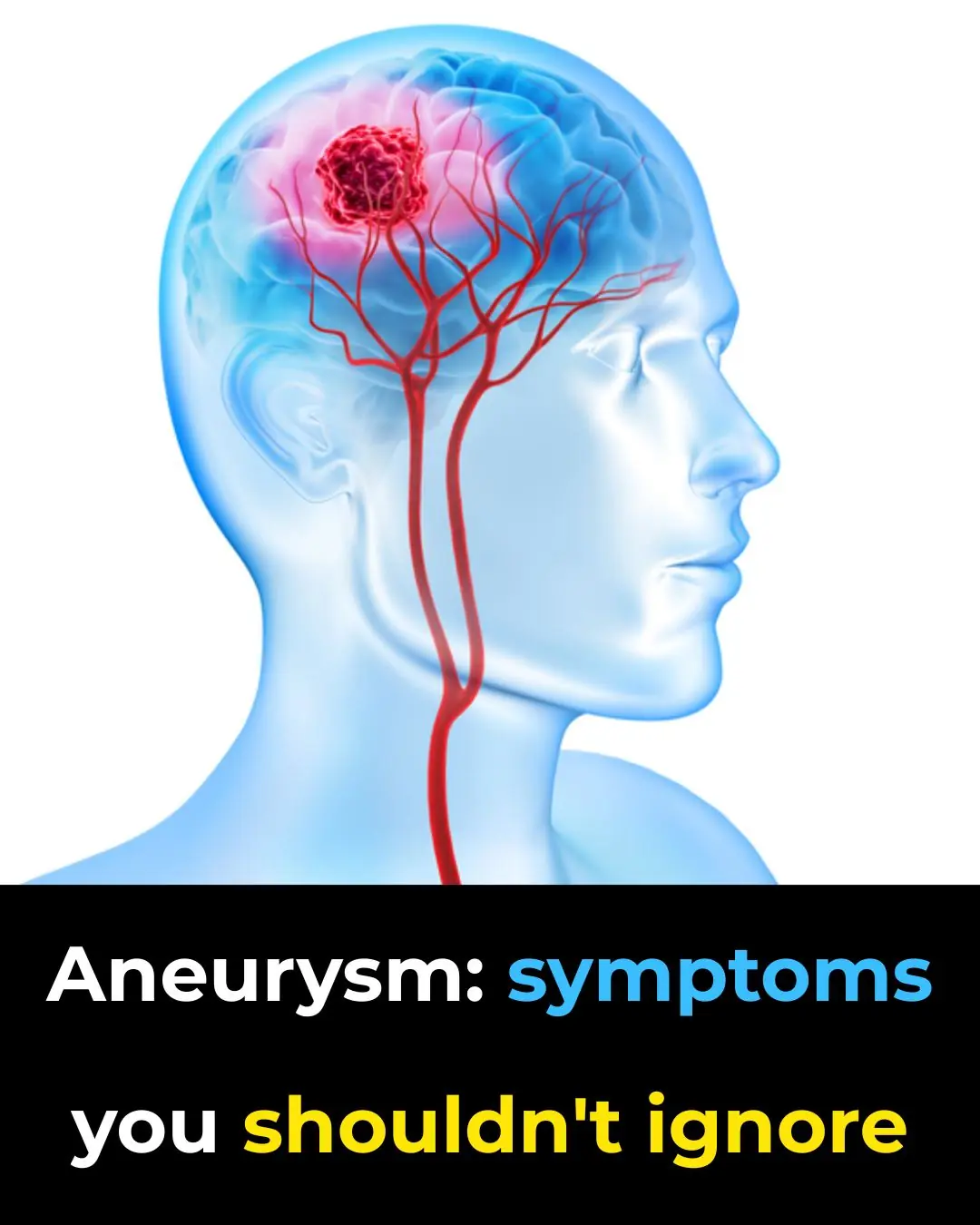
Warning Signs You Should Never Ignore: The Silent Symptoms of a Brain Aneurysm
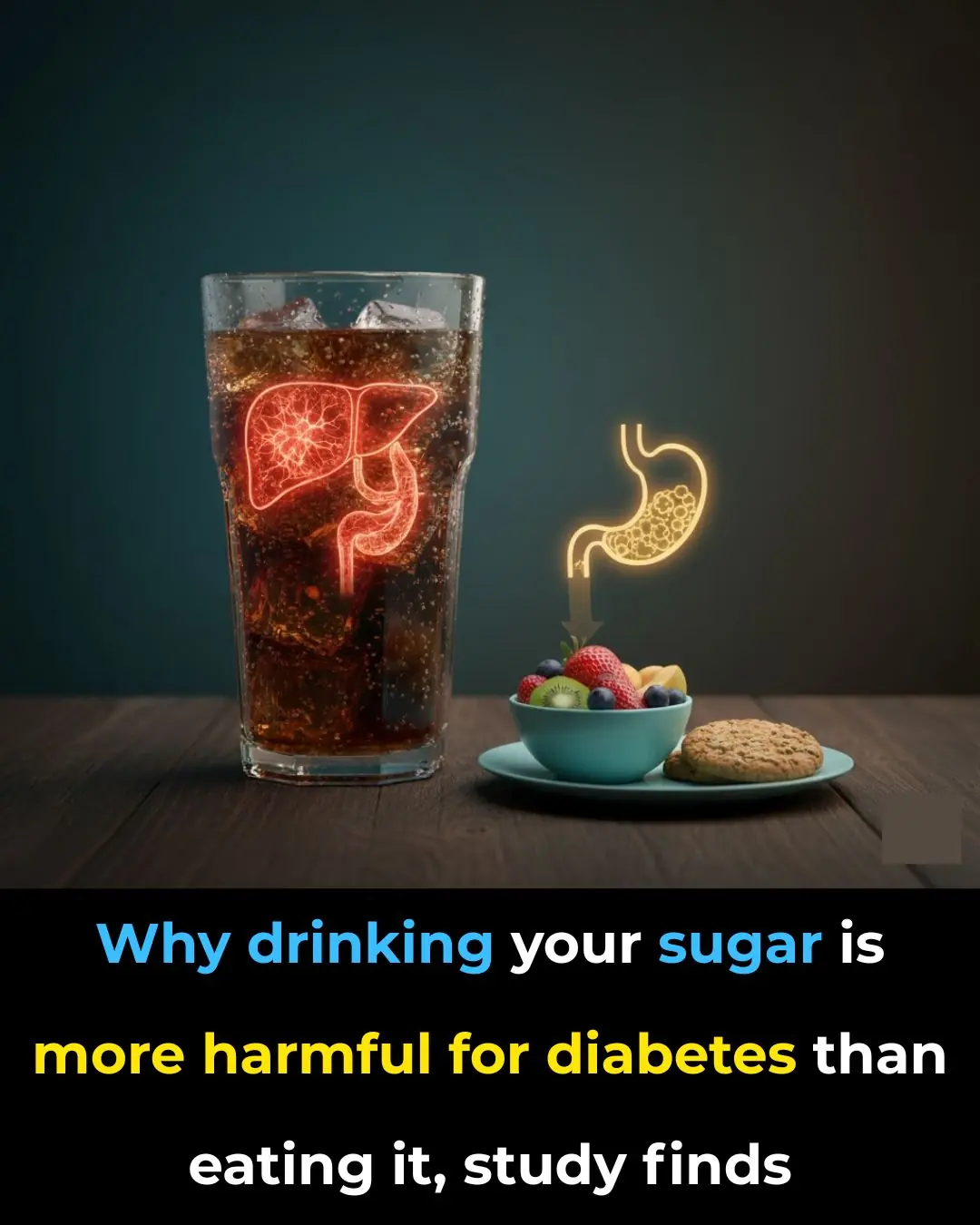
Why drinking your sugar is more harmful for diabetes than eating it, study finds

Thyme Essential Oil Shows Signs of Killing Lung, Oral and Ovarian Cancer
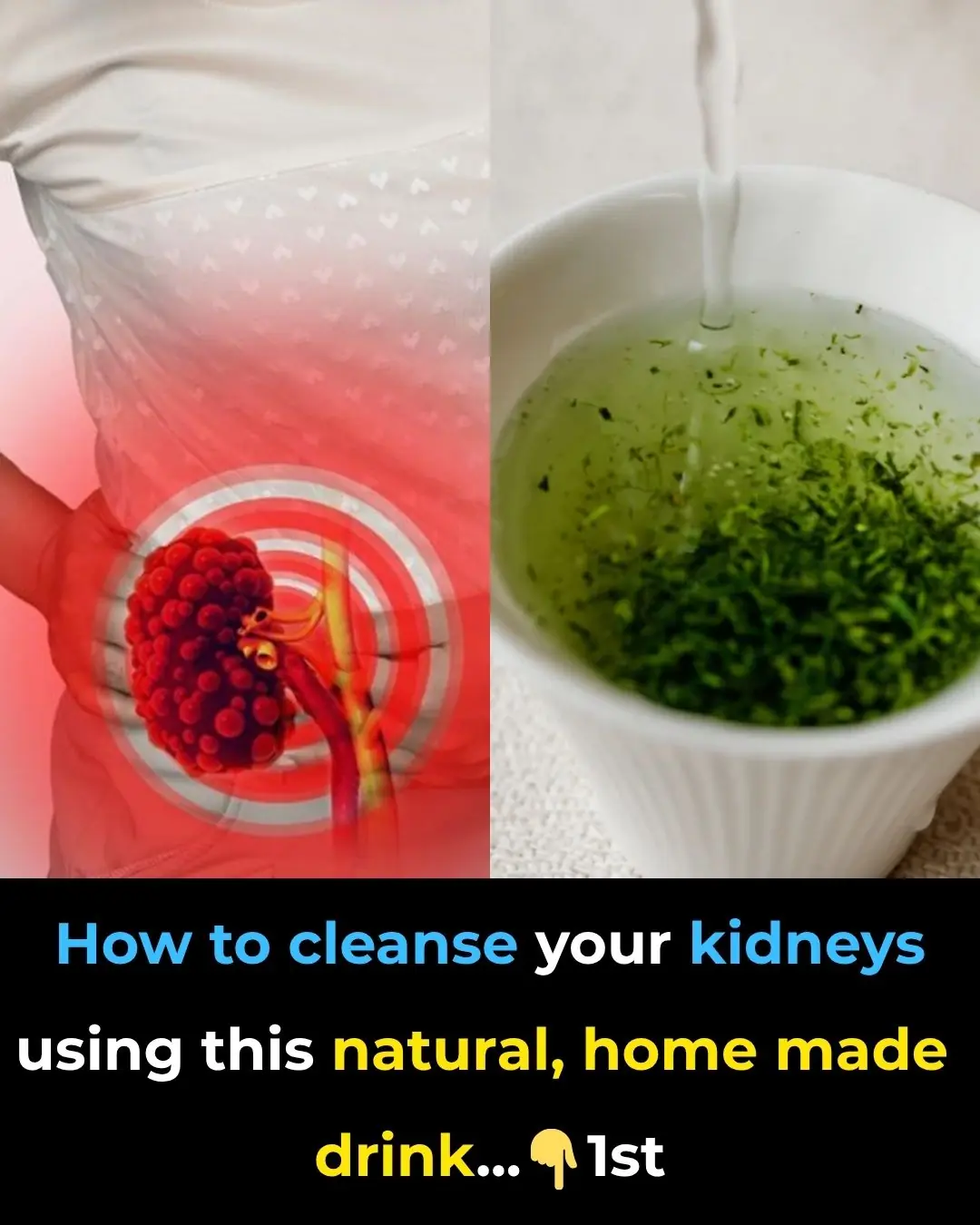
How to cleanse your kidneys using this natural, home made drink
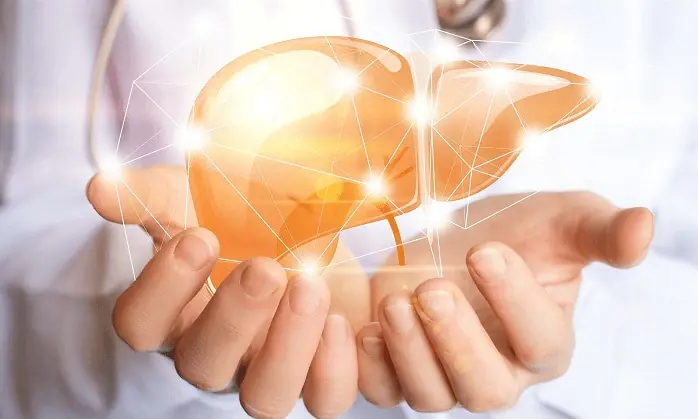
Science backs it up: 3 fruits that fight liver fat, regulate sugar and cholesterol
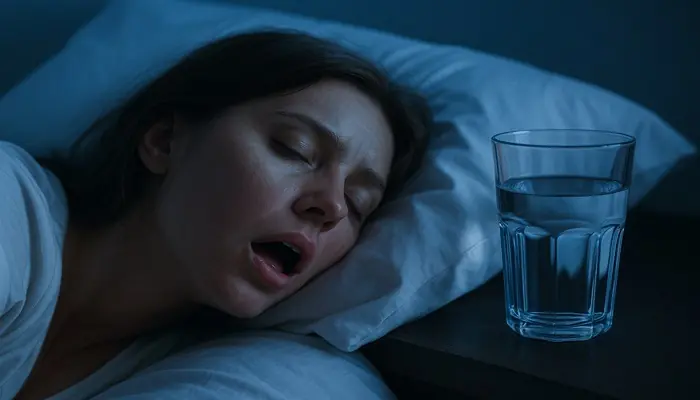
People whose mouths feel dry when sleeping at night need to know these 8 reasons
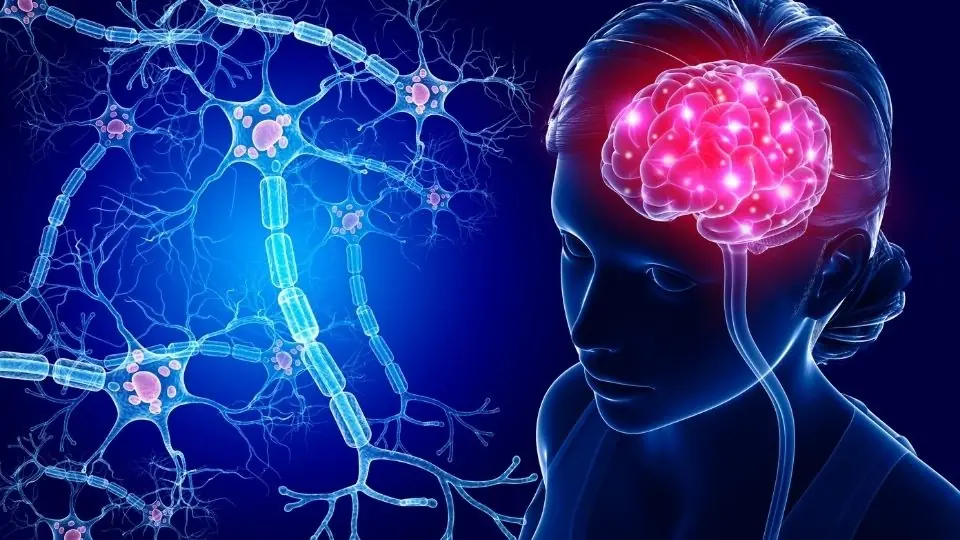
Scientists explain shocking reality of what your brain sees right before you die

Neurologist Advises Ceasing Beer Consumption by Age 65

Drinking Water on an Empty Stomach: Japanese Water Therapy, What Science Says, and More
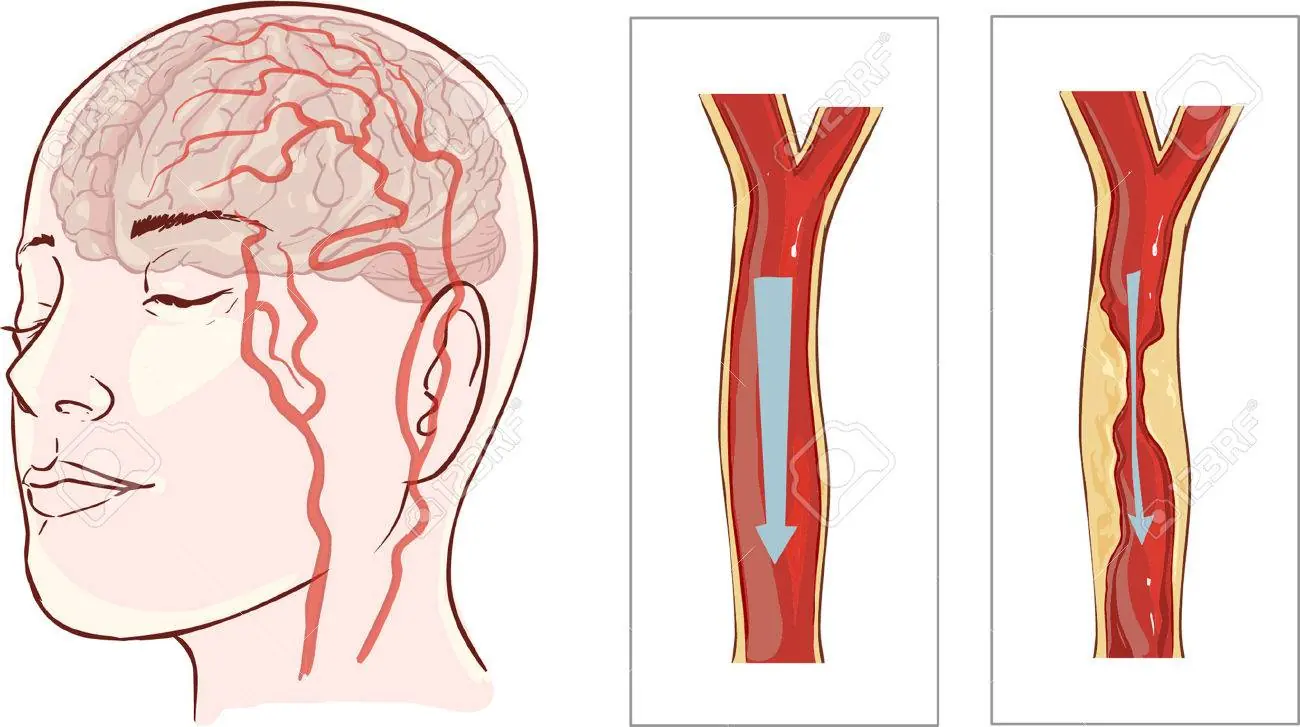
Eat This — It Opens Arteries to Your Heart and Brain
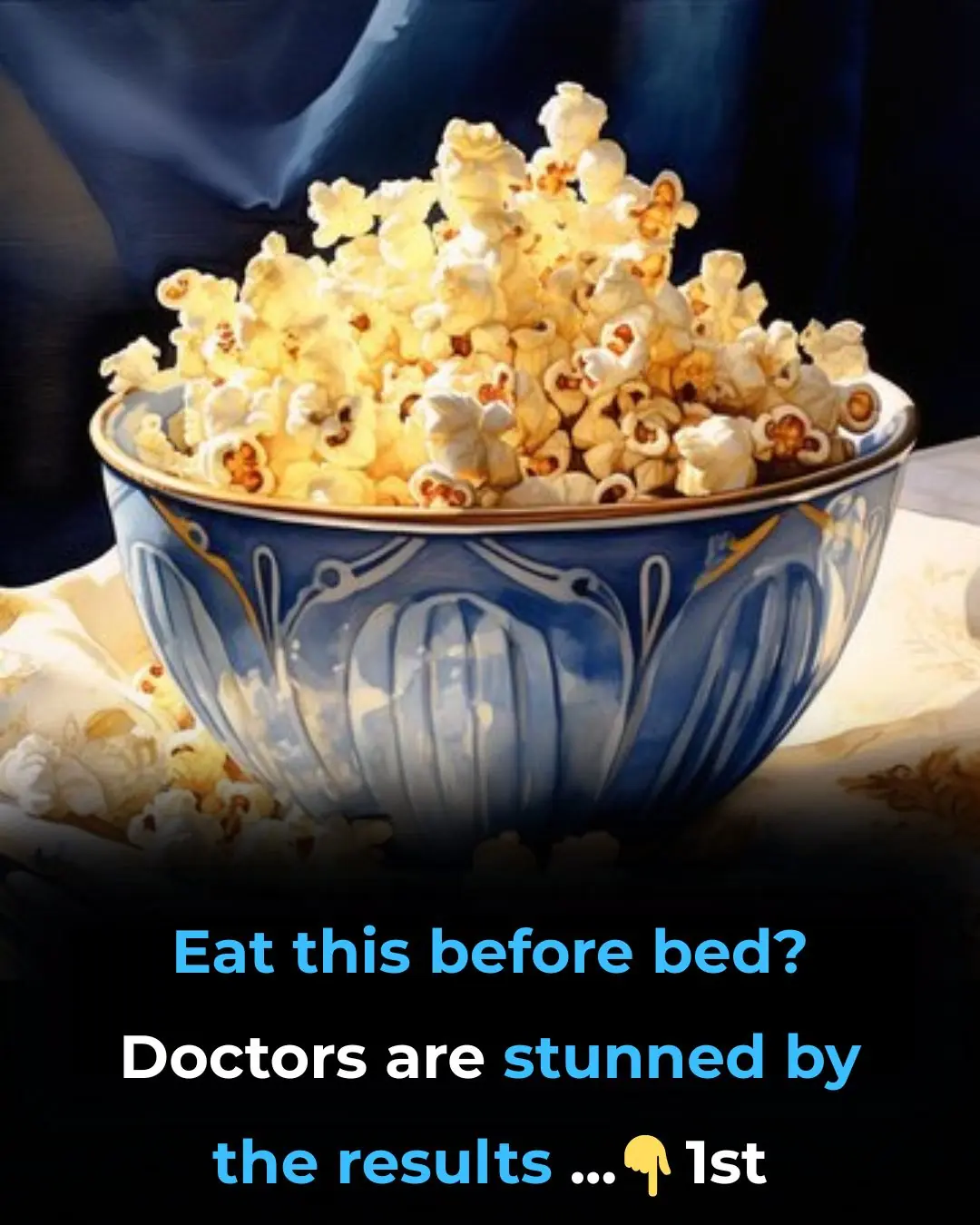
Eat this before bed? Doctors are stunned by the results
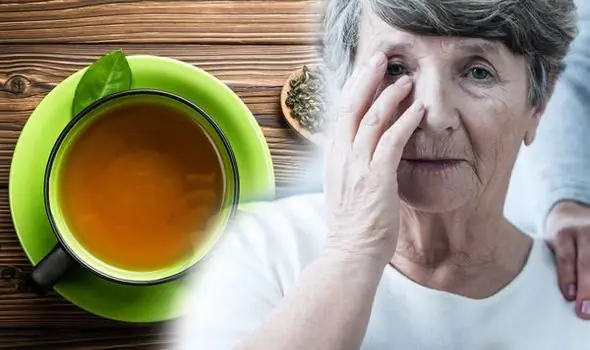
The Vitamin and Tea Combo Linked to Alzheimer’s Protection
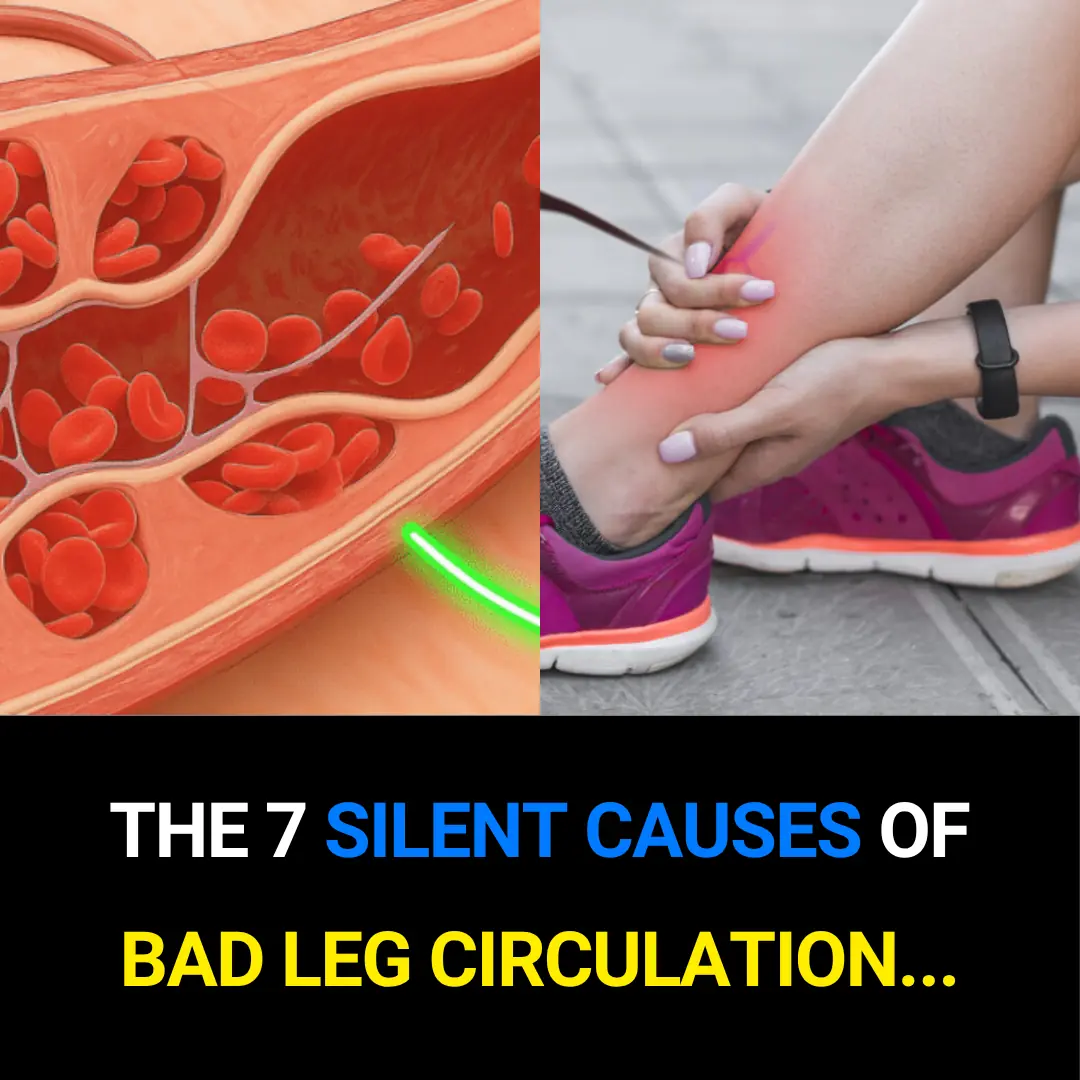
The 7 Silent Causes of Poor Leg Circulation — And How to Fix Them Naturally
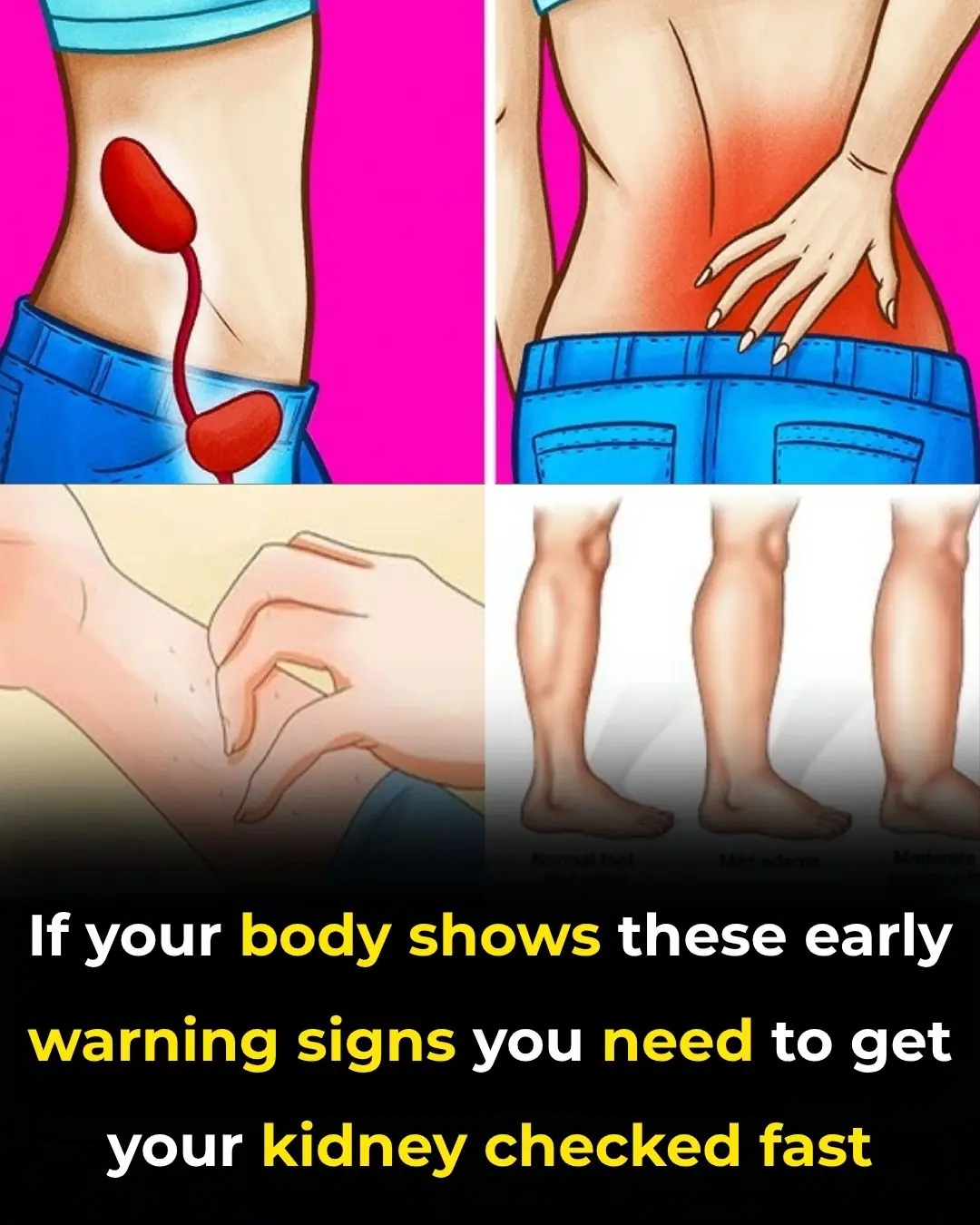
Early Signs of Kidney Disease & How to Protect Your Kidneys (Evidence Based)
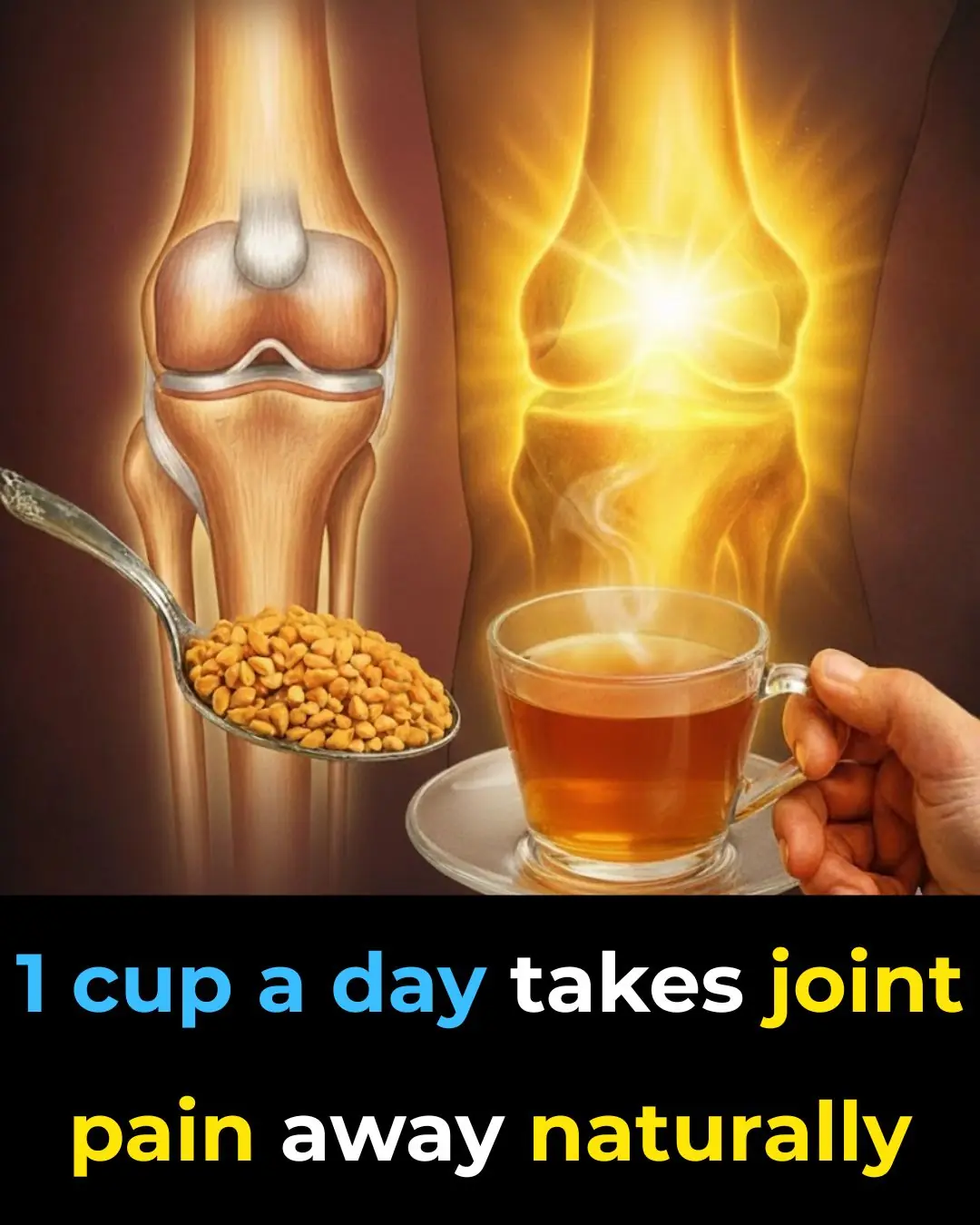
1 cup a day takes joint pain away naturally

Feeling sluggish after meals? 7 natural ways to improve bile flow and boost digestion
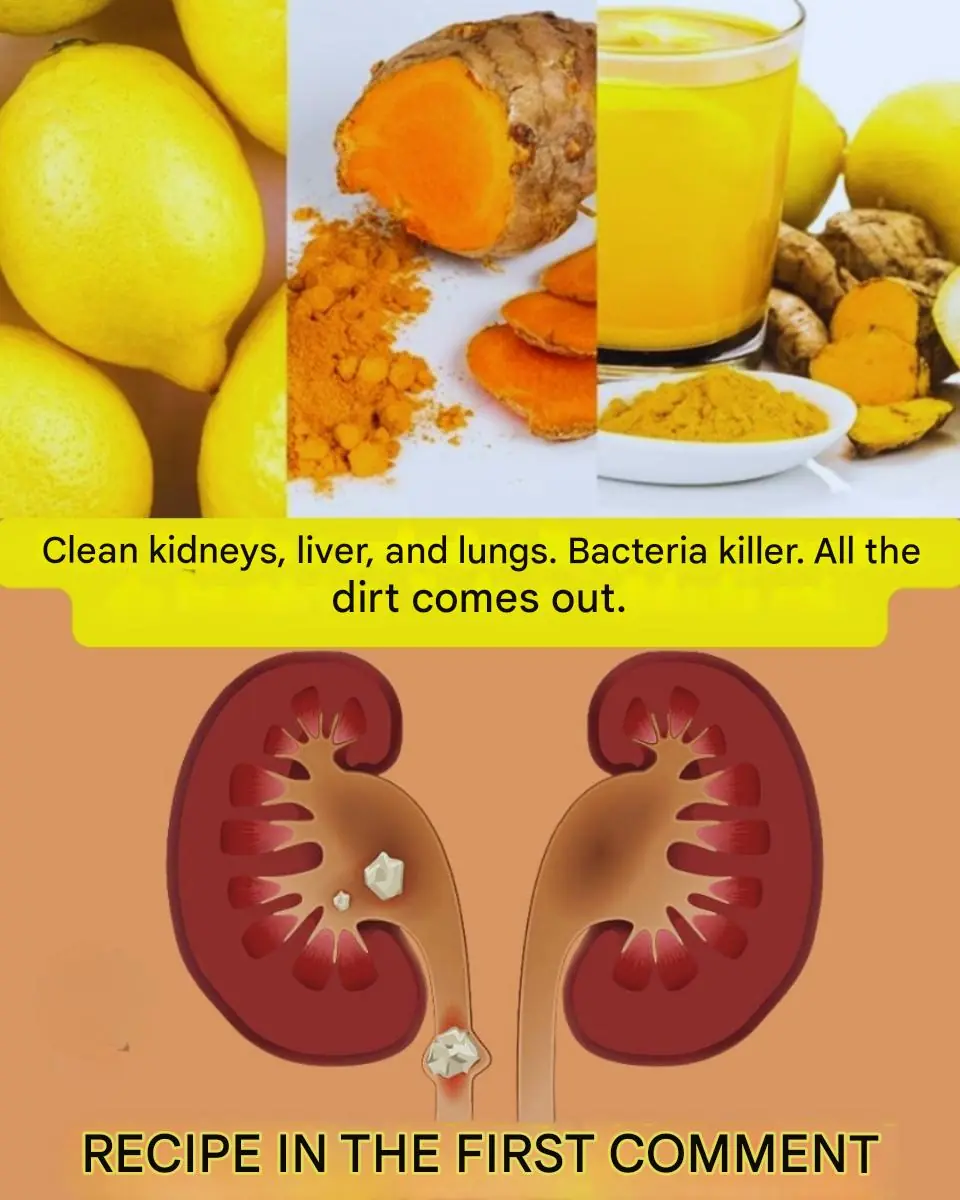
Orange & Ginger Cleanse Juice for Kidneys, Lungs & Liver
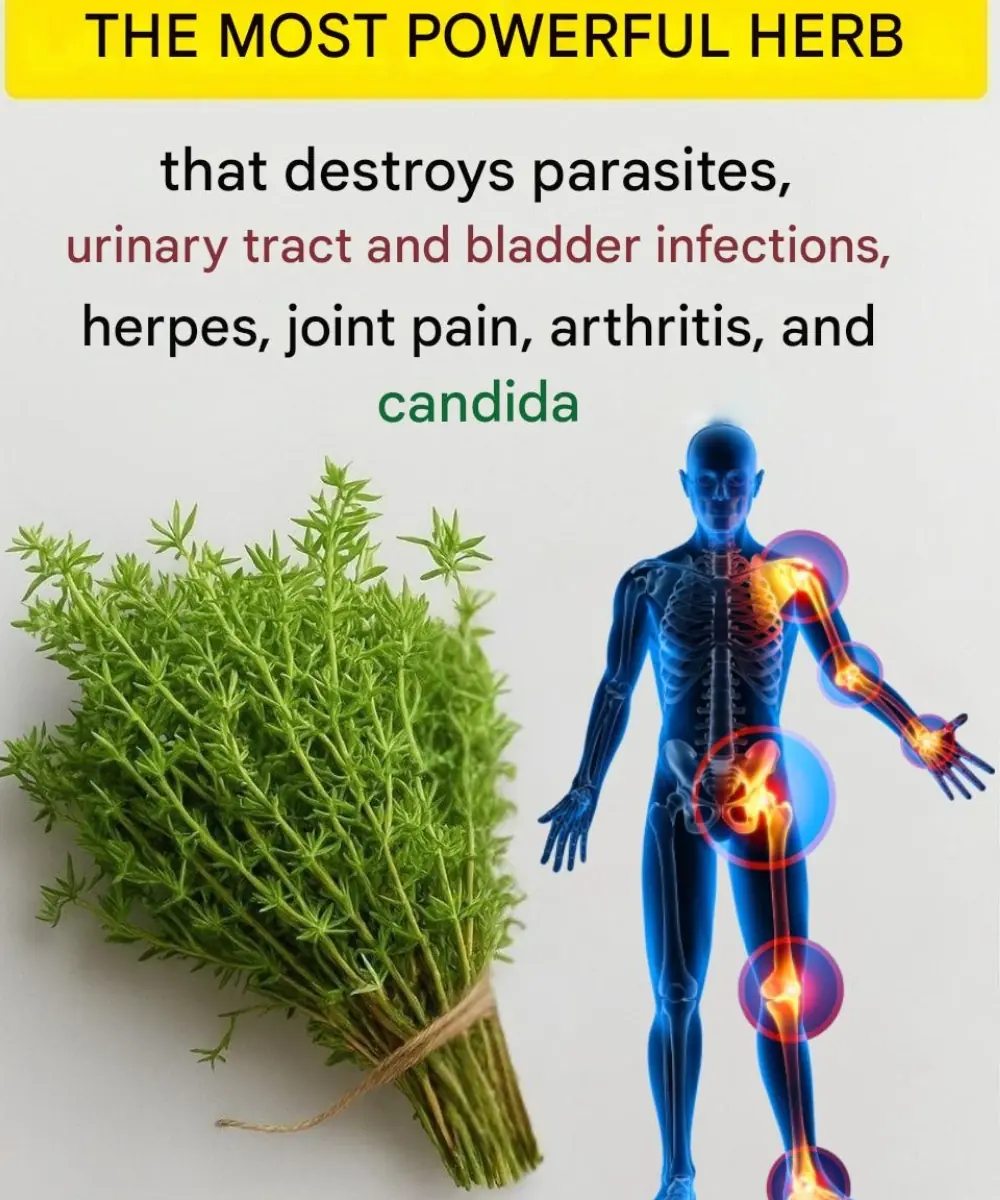
Thyme: The Natural Remedy for a Variety of Health Problems
News Post

Eating Steamed Sweet Potatoes Every Day: A Woman Shocked by Her Liver Test Results

Warning Signs You Should Never Ignore: The Silent Symptoms of a Brain Aneurysm
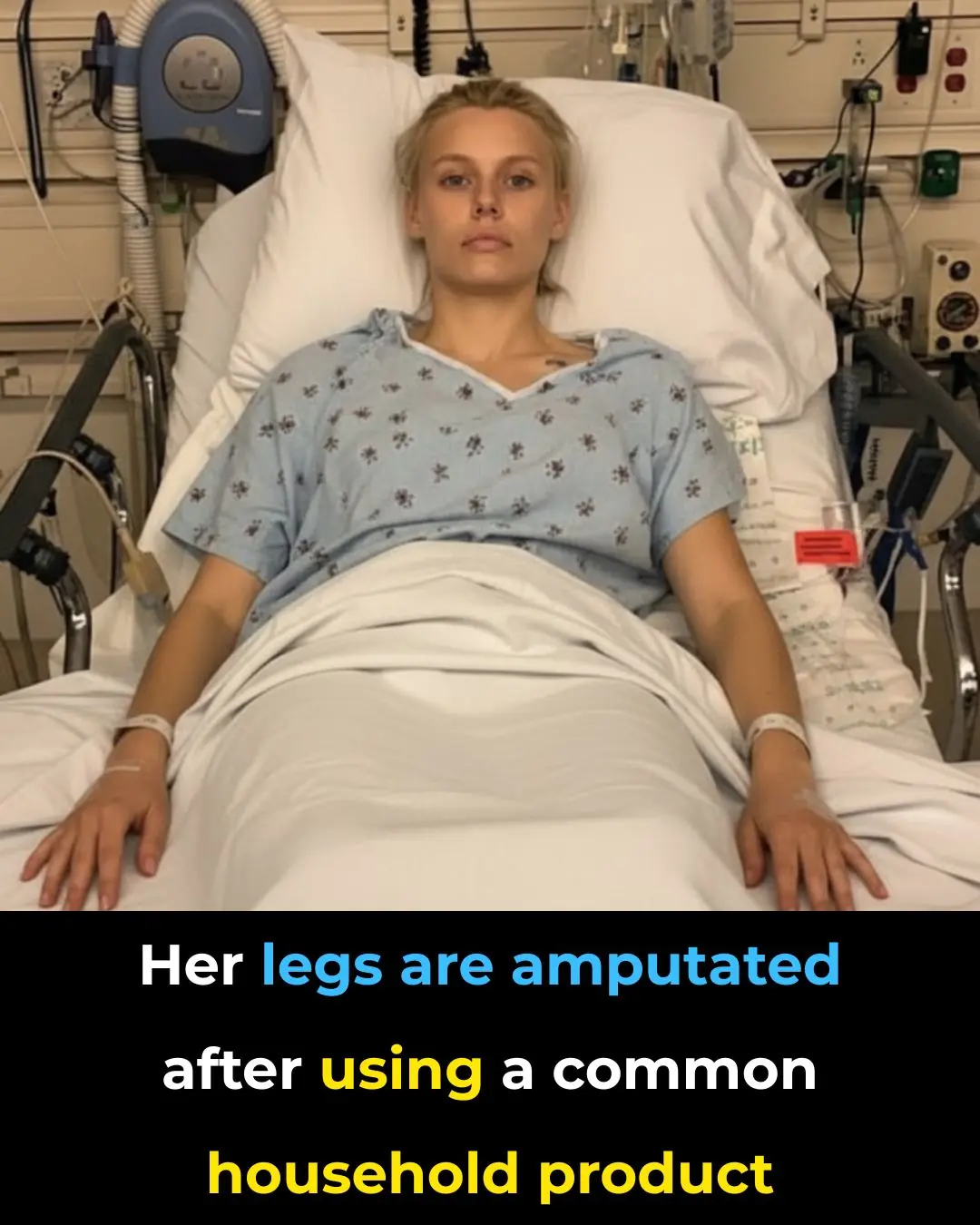
Model Loses Both Legs After Toxic Shock Syndrome From Everyday Tampon Use

Before And After: Woman With Extreme Lip Enhancements Reveals Old Look

Tragic End: Georgia O’Connor Passes Away Weeks After Wedding Amid Medical Neglect

DIY Survival Water Filter: A Simple Life-Saving Tool You Can Make Anywhere
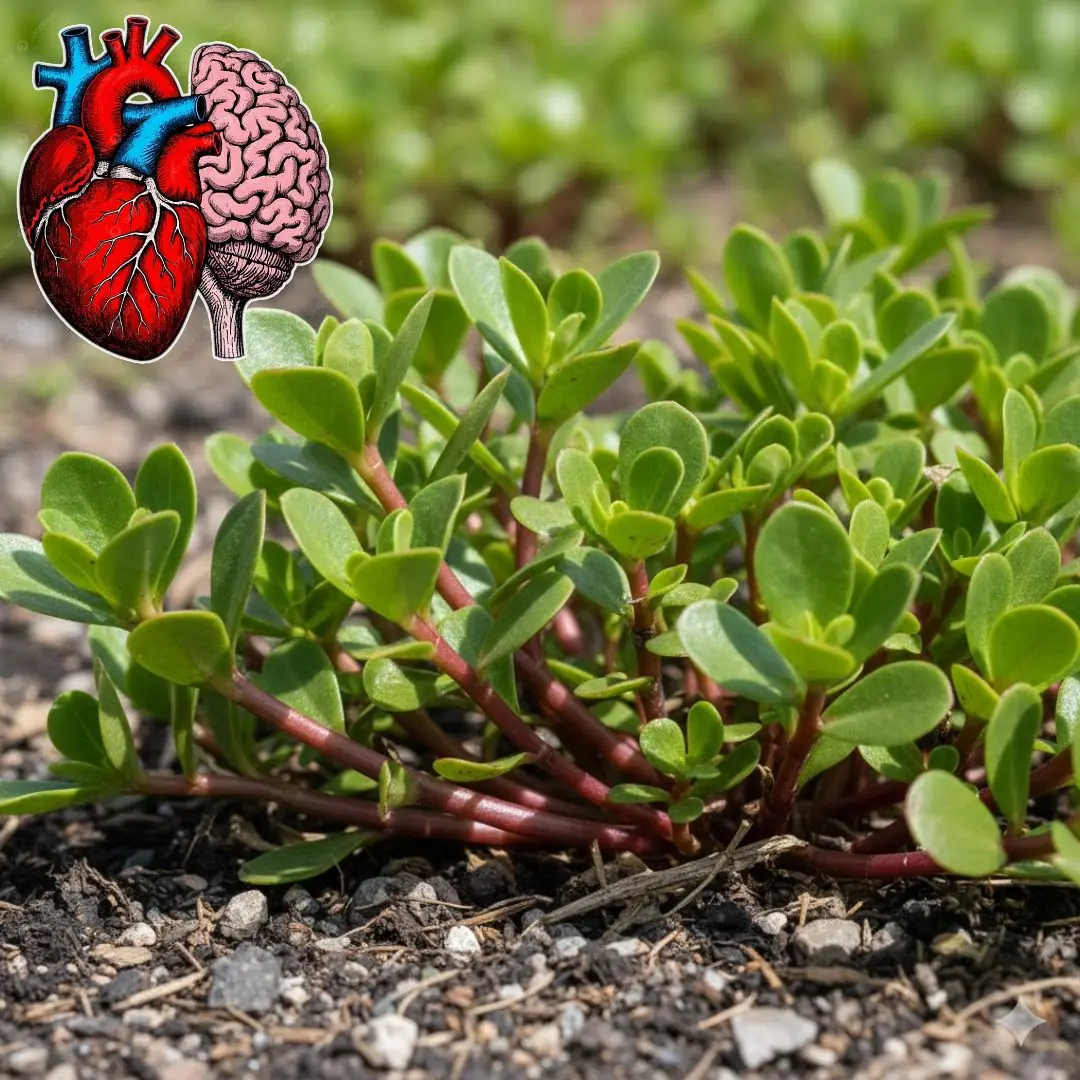
30 Powerful Reasons You Should Stop Ignoring Purslane

Why drinking your sugar is more harmful for diabetes than eating it, study finds
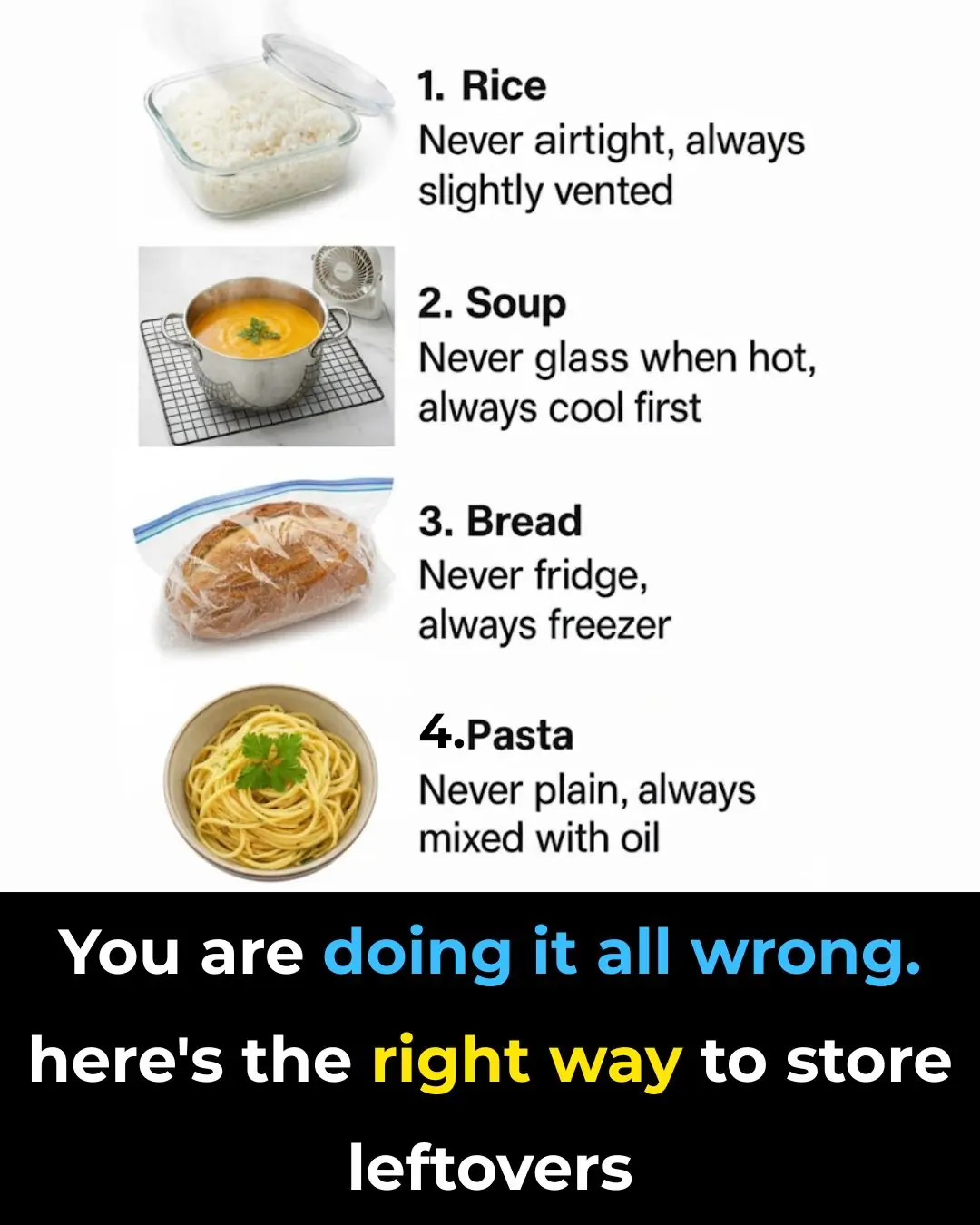
You are doing it all wrong. Here’s the right way to store leftovers

When a cat rubs against you, this is what it means

Zodiac Signs Most Likely to Have Prophetic Dreams

Ivy and Vinegar: A Safe and Natural Spray to Keep Pests Off Your Garden
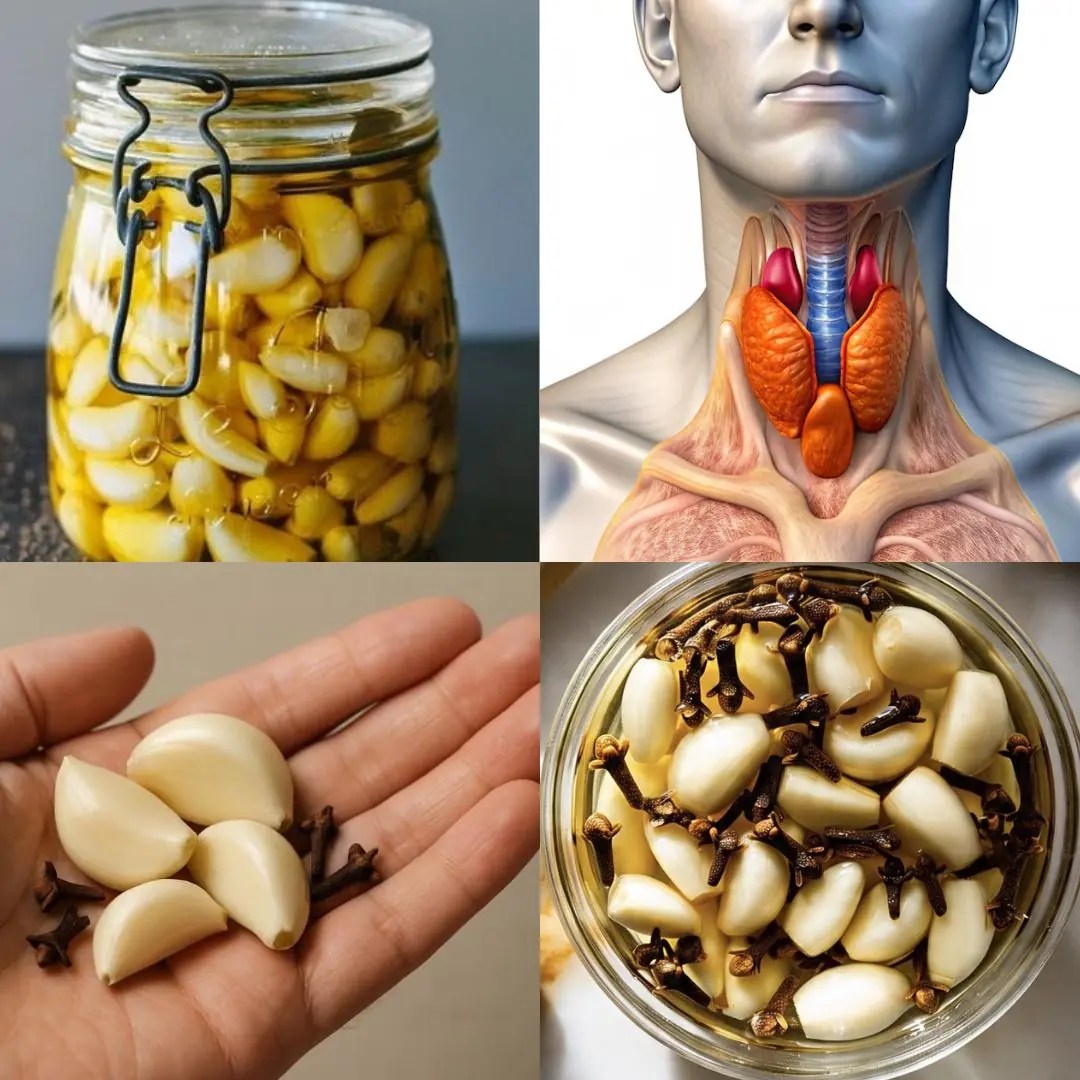
Garlic, Honey, and Cloves – a powerful natural remedy packed with health benefits
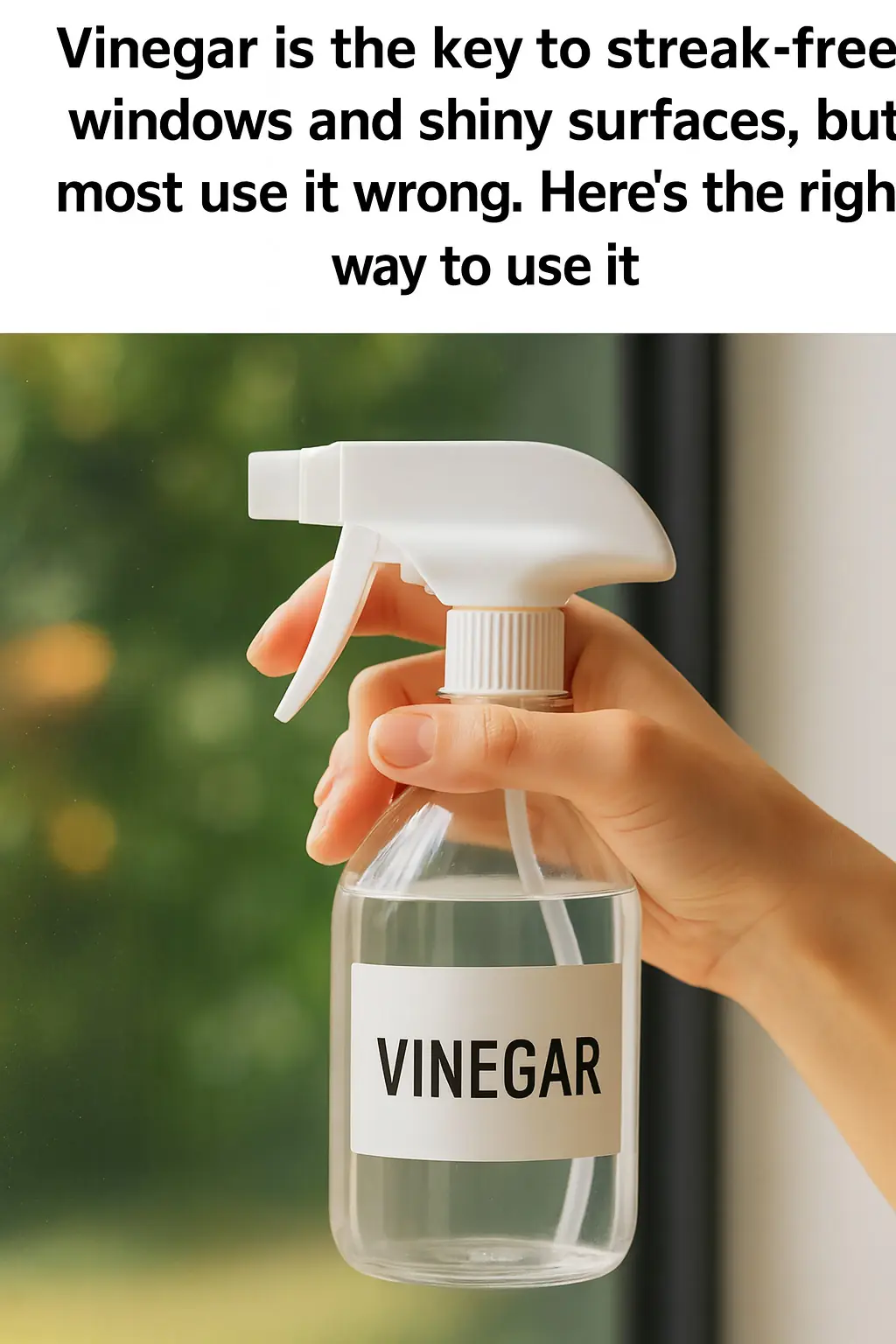
Vinegar is the key to streak-free windows and shiny surfaces, but most use it wrong. Here's the right way to use it

Haven't heard that before
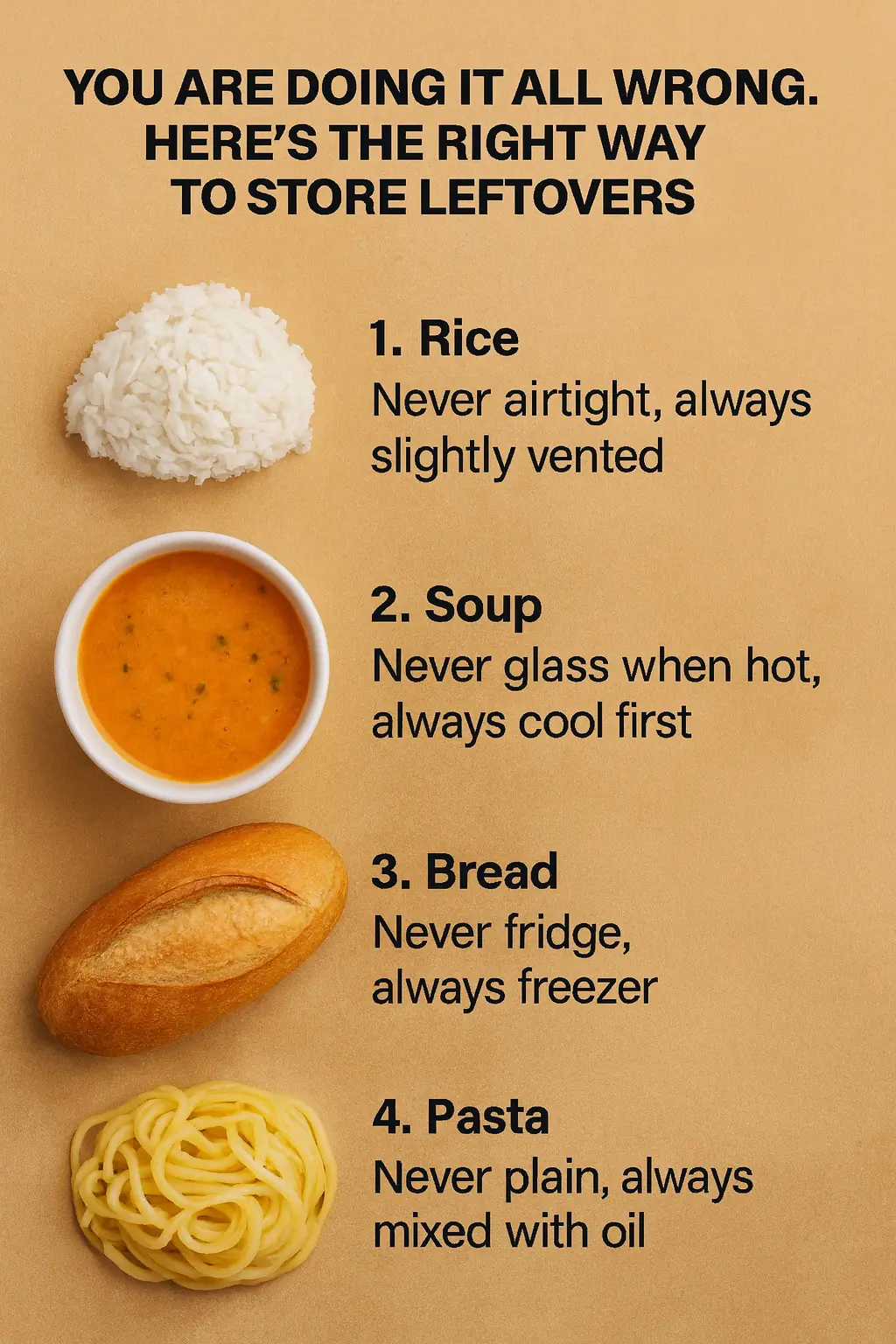
You are doing it all wrong. Here’s the right way to store leftovers

10 genius tricks to revive your garden patio
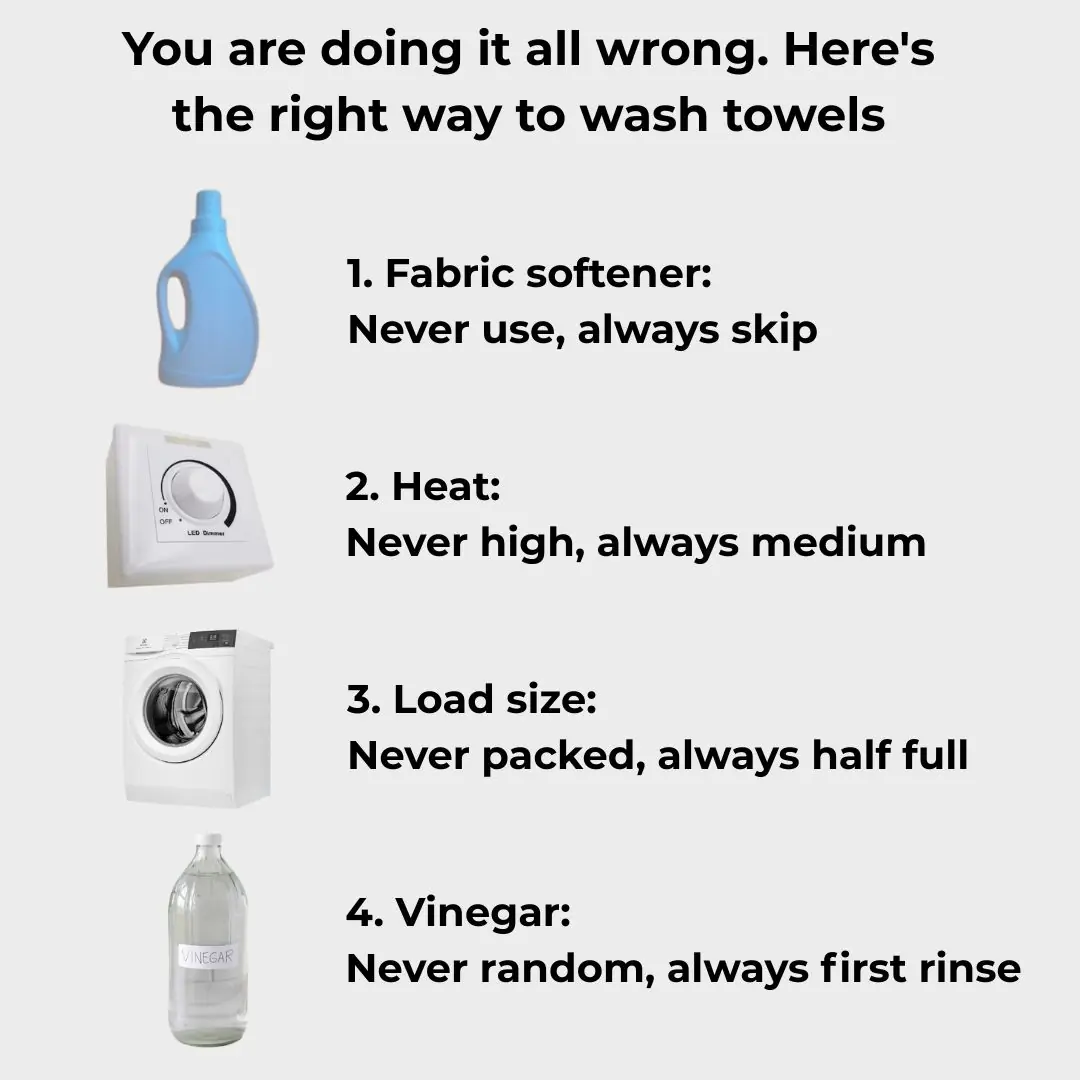
You are doing it all wrong. Here’s the right way to wash towels

They look so harmless
